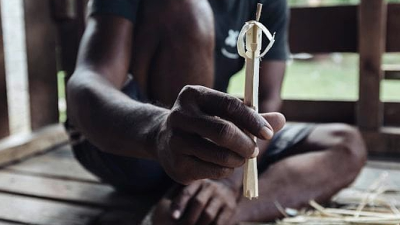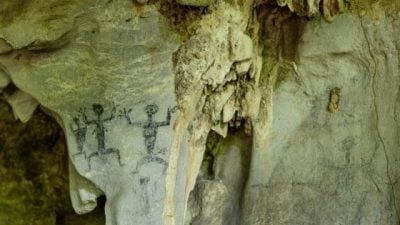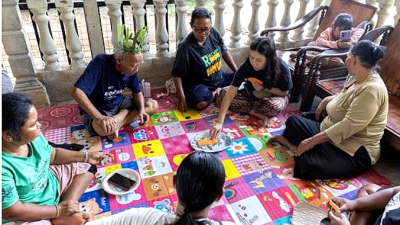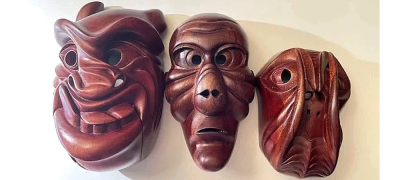
This year, I celebrated the Mid-Autumn Festival with Amis friends in Hualien, Taiwan.
Their annual shamanic ritual, known as Mirecuk, coincided with the festival, giving me a rare opportunity to compare how indigenous people in Malaysia and Taiwan have each developed unique animistic belief systems shaped by their respective environments.
The Mirecuk is a crucial occasion when Amis shamans (Sikawasay) renew their covenant with spiritual beings (kawas).
Besides ancestral spirits, they also commune with a diverse array of spirit companions (hidang), such as the Walking God (Sarakataw), the Betel Nut God (Mayungayun), and the Monkey God (Kakacawan Nuungay), among others.
Influenced by Han Chinese culture, the Amis have also incorporated “foreign deities” from the north into their rituals—such as the Fire God (Lalebuhan) and the Chopstick God (Alapit nu Taiwan)—revealing a richly layered and pluralistic cosmology.
What surprised me most was the extensive use of ginger in their rituals—not just the rhizome, but the entire plant, complete with lush leaves and roots intact.
While indigenous shamans on the Malay Peninsula occasionally use ginger for healing, the plant they rely on far more commonly is one that we see everywhere: the coconut tree.
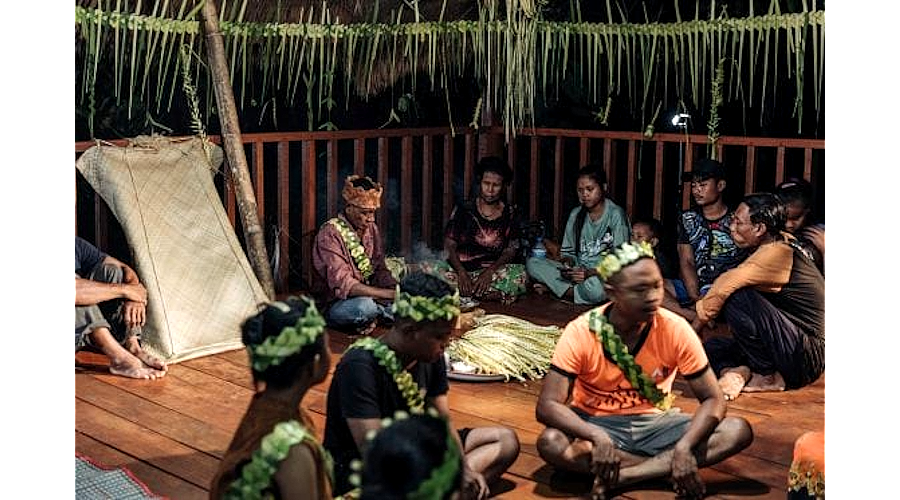
The healing power of coconut leaves: A weaving of communal intentions
I first grasped the significance of the coconut tree during a visit to a Semoq Beri village in Pahang.
Although their ancestral forests have long been replaced by oil palm plantations, the community deliberately cultivates a few coconut trees specifically for healing ceremonies.
Like the Jah Hut people, the Semoq Beri believe humans possess seven souls (ruay). These souls can be stolen—while one sleeps or wanders into the forest—by guardian spirits (penunggu) that dwell along wind lines (tali angin), in the earth (tanah), or in bodies of water (air).
The tali angin are believed to consist of seven strands, where winds blow with exceptional force.
According to Semoq Beri belief, those suffering from mental illness have “lost their soul” because a guardian spirit of the wind line has captured it and trapped it beneath a tree called Pokok Rui, where it swings endlessly on a swing—suspended forever between two worlds.
To retrieve the lost soul, the shaman instructs the community to weave an army of animals and plants from young coconut leaves: a naval force of shrimp and river snails; a land force comprising betel nut, jackfruit, snakes, centipedes, and beehives; human-made weapons like the keris (Malay dagger), missiles, and rockets; and birds serving as the aerial or “wind” corps.
The healing ritual typically spans three moonless nights.
As darkness deepens and time stretches, the shaman’s “troops” must multiply accordingly: on the first night, seven figures of each species; on the second, fourteen; and on the third, twenty-one—highlighting the mystical power of the number seven.
But why the coconut tree? When I asked the ritual leader, she explained that ancestors have used coconut leaves for healing since ancient times—perhaps because the leaves are flexible yet durable, easy to shape without tearing, and capable of transforming into myriad animal and plant forms.
Thus, the community believes the coconut tree itself holds inherent healing power.
Of course, beyond skilled hands, the community’s intention (niat) is equally vital.
Only when woven with sincere wishes for the patient’s recovery can these coconut leaf figures be empowered with spiritual energy and become allies of the shaman.
As night falls, these figures are hung beneath a long ceremonial belt (lengkong), also woven from coconut leaves.
The community calls this the “General”—under whose command all the “soldiers” operate and receive protection.
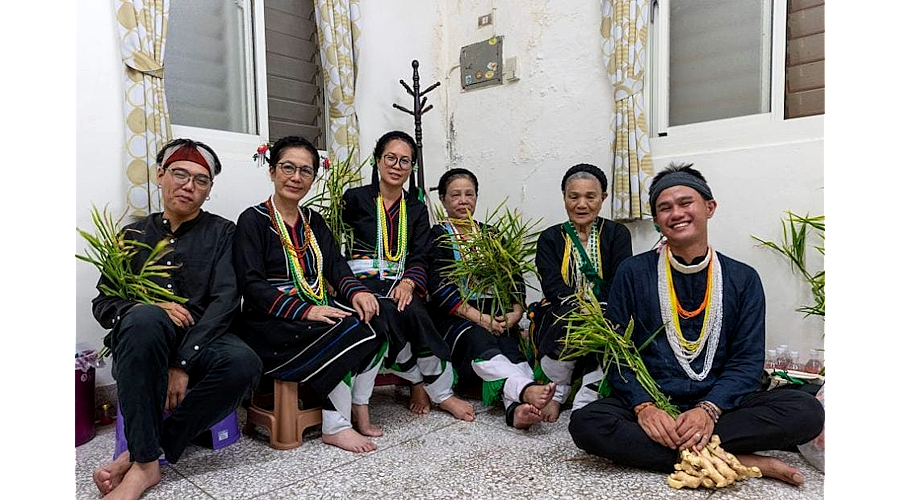
Like divination blocks used by Chinese, indigenous people consult spirits with popcorn
Interestingly, for the shaman’s coconut leaf army to communicate with guardian spirits, they must use berteh—a type of “popcorn” made by roasting grains of valley rice.
Berteh is the most common form of ritual divination among indigenous groups on the Malay Peninsula, often referred to as the “sacred flower” (bunga kembang).
To determine which spirit realm has captured the patient’s soul, the shaman chants different songs, guiding the group along various spiritual pathways.
At each destination, the dance leader takes a handful of berteh and performs a divination.
When the shaman suddenly asks, “How many flowers have bloomed?” she opens her palm and counts the popped grains: an even number means “yes,” an odd number means “no.”
If the soul thief is identified, the shaman uses the same method to negotiate with the spirit, asking whether it is willing to return the stolen soul.
According to the Semoq Beri ritual leader, berteh functions on the same principle as the Chinese practice of casting moon blocks in temples—without it, no divine message can be received.
Later, I encountered these two ritual elements—coconut leaves and berteh—in other indigenous communities. For example, the Urang Huluk in Johor wear coconut leaf headdresses, shoulder bands, and skirts during trance dances to communicate with ancestral spirits.
Among the Temiar of Kelantan, berteh is sprinkled over the patient’s body during healing rites, and the remaining grains in the shaman’s hand are carefully counted.
Usually, the shaman sets a condition beforehand—perhaps an even number, an odd number, or a multiple of a specific digit. If the leftover berteh matches the condition, it is taken as an auspicious sign from the ancestors.
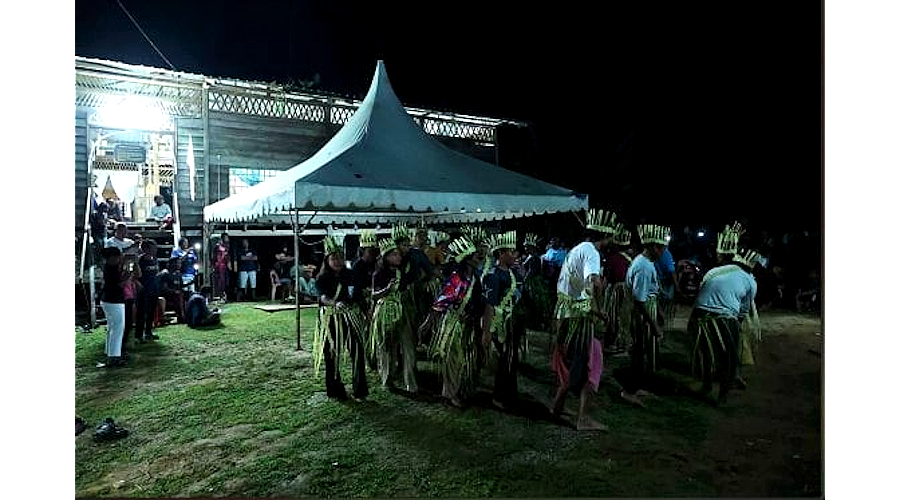
The coconut tree: “Tree of Life”
The origin of berteh remains mysterious. From my fieldwork, I’ve observed that its use is mostly limited to agricultural, settled indigenous groups. In contrast, semi-nomadic hunter-gatherers like the Negrito rarely incorporate berteh into their rituals.
By comparison, the coconut tree (Cocos nucifera) has a far richer historical record.
Fossil evidence suggests its evolutionary lineage dates back 20 million years—long before humans appeared.
Prevailing theories hold that coconuts originated in the Malesian biogeographical region, which includes Southeast Asia, Australia, New Guinea, and several Pacific island groups.
This region hosts the greatest diversity of coconut varieties and unique local names, underscoring its status as the coconut’s center of origin.
Notably, in ancient Malay, the coconut tree was not called pokok kelapa, but nyiur or nyior.
Scholars speculate that the Polynesian and Melanesian word niu, as well as the Filipino and Chamorro niyog, likely derive from this ancient Malay root—evidence of deep historical and cultural connections across the Indo-Pacific.
My Malay friends tell me that in northern states like Kedah, Kelantan and Terengganu, many still use this archaic term for the coconut tree.
As one of the region’s oldest species, the coconut tree has long transcended its role as mere sustenance. It permeates everyday language, folklore and traditional customs.
Thanks to its countless uses, it is revered as the “tree of life,” the “tree of heaven,” the “tree of abundance,” and the “tree of a thousand uses.”
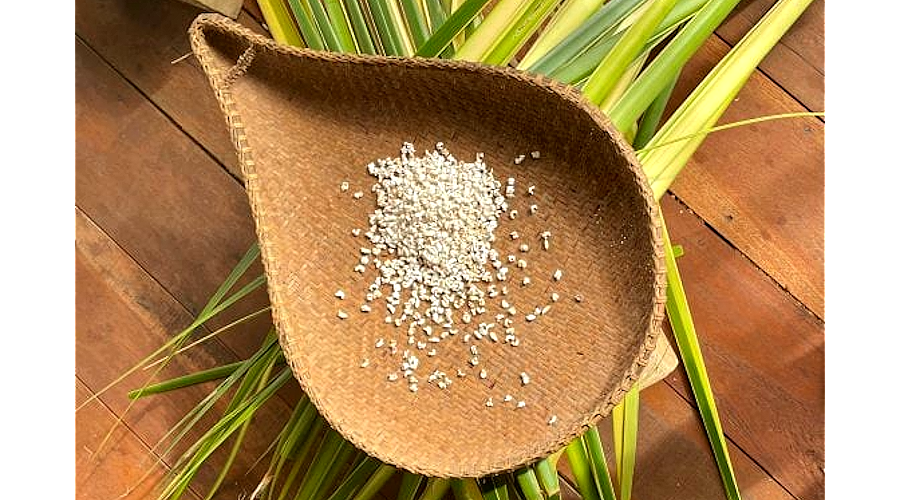
Although the Indian subcontinent and South Asia are considered secondary centers of coconut domestication, coconuts feature prominently in Hindu-influenced rituals, such as those in Bali.
An old Indian riddle captures its mystique:
“He has three eyes but is not Shiva,
He has long tresses but not a hermit;
Perches at the top of a tree but not a bird,
Gives milk but not a cow.”
This poetic enigma reveals the mystery and sacredness of the coconut tree.
Reading about the history of coconut, I suddenly understood two things.
First, older generations of Chinese Malaysians often make black coconut-shell bracelets for children to ward off evil.
This suggests that across different ethnic traditions, the coconut is widely regarded as a spiritually potent plant.
Second, I gained a new perspective on the Malay shaman who, during the MH370 disappearance, performed a ritual with two coconuts.
Back then, like most people, I dismissed it as an international joke. Now, I see there was logic behind it. If the ritual didn’t work, perhaps it’s simply because even the most magical coconut tree has its limits.
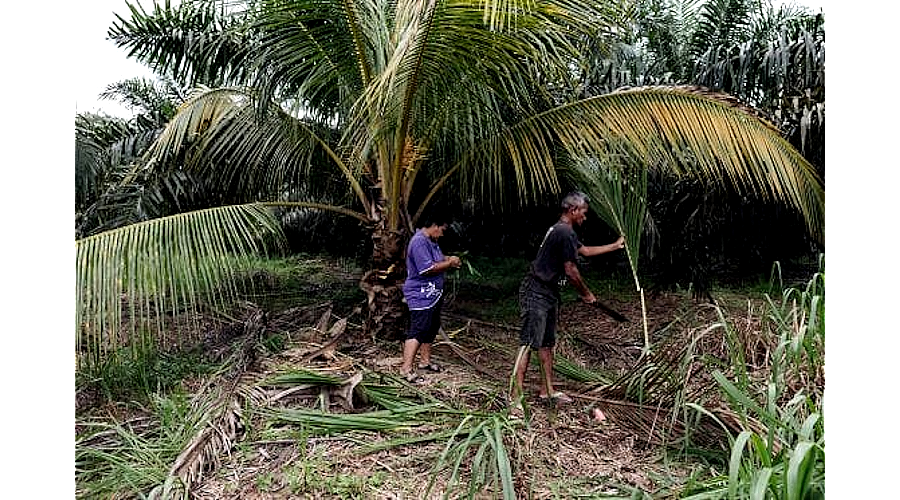
More on Echoes from the Forest
(Yi Ke Kuik is a Master’s student in Anthropology at National Taiwan University focusing on issues related to indigenous people in Peninsular Malaysia. Founder of myprojek04 photography initiative and writes for a column called Echoes from the Forest (山林珂普) in Sin Chew Daily, highlighting the photos and stories of indigenous people.)
ADVERTISEMENT
ADVERTISEMENT






